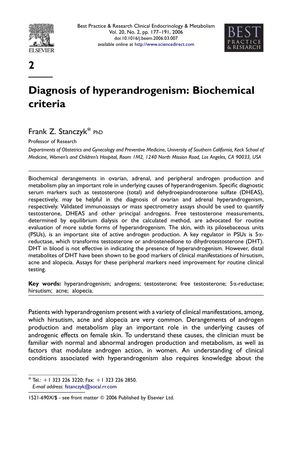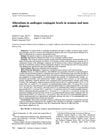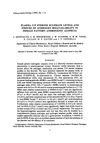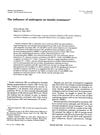Diagnosis of Hyperandrogenism: Biochemical Criteria
June 2006
in “
Best Practice & Research Clinical Endocrinology & Metabolism
”
hyperandrogenism hirsutism acne alopecia total testosterone DHEAS adrenal androgen RIAs mass spectrometry direct immunoassays equilibrium dialysis free testosterone 5α-reductase DHT androsterone glucuronide androsterone sulfate 3%-androstanediol sulfate hair loss testosterone dehydroepiandrosterone sulfate radioimmunoassays dihydrotestosterone

TLDR The document concludes that accurate measurement of serum androgens is crucial for diagnosing hyperandrogenism.
The document from 2006 outlines the biochemical criteria for diagnosing hyperandrogenism, a condition characterized by excessive androgens leading to symptoms like hirsutism, acne, and alopecia. It emphasizes the importance of measuring serum markers such as total testosterone and DHEAS, with the latter being a key indicator of adrenal androgen activity. The document reviews various assay methods, including RIAs, mass spectrometry, and direct immunoassays, and considers equilibrium dialysis the gold standard for measuring free testosterone. It also discusses the role of androgens in hair growth, noting that increased 5α-reductase activity and DHT formation are associated with hirsutism. The document reports that hyperandrogenic women with acne have higher levels of androsterone glucuronide and sulfate, while those with alopecia have higher levels of 3%-androstanediol sulfate and androsterone sulfate. It highlights the need for reliable assays to measure serum androgen levels and suggests that mass spectrometry may become routine for more accurate measurement of conjugated androgens. The goal is to aid clinicians in diagnosing hyperandrogenic conditions.



